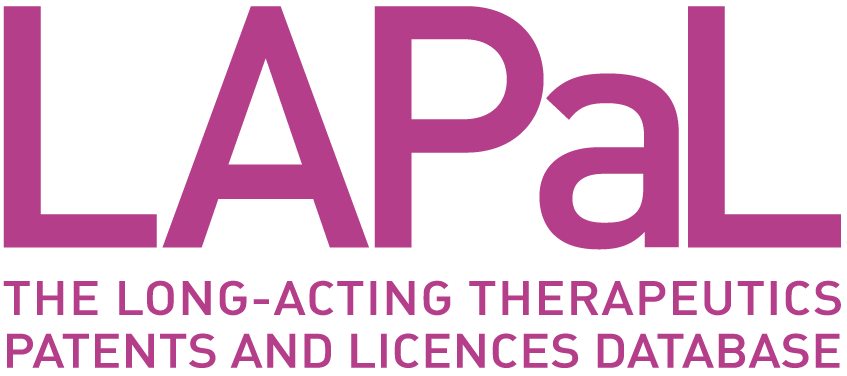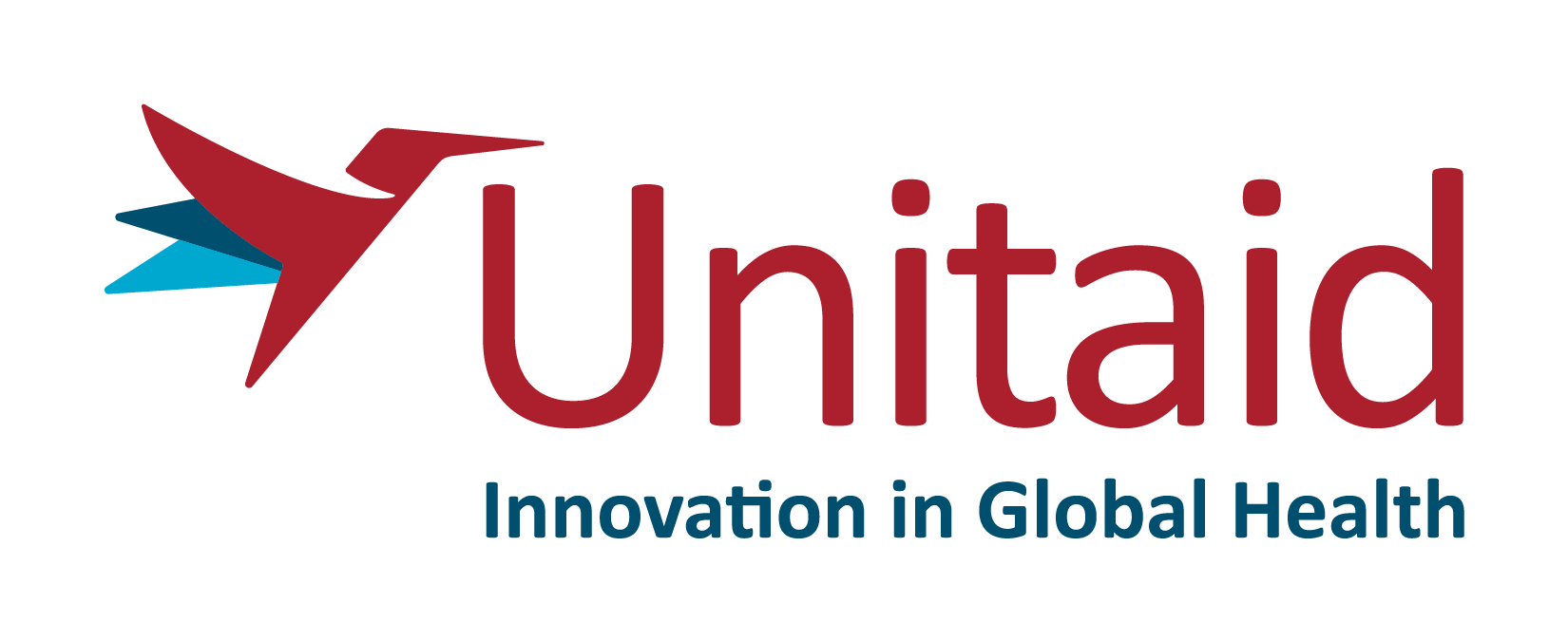
|
Developed by 

|
Supported by 

|

Ivermectin
Developer(s)

|
Merck (known as MSD outside the United States and Canada) Originator
https://www.merck.com/stories/mectizan/
International Dr. William C. Campbell conducted his co-recipient 2015 Physiology or Medicine Nobel Prize-winning Work at Merck Research Laboratories. He received the prize with Satoshi Omura for the discovery of avermectin which led to Merck’s development of ivermectin, to treat river blindness. They share the prize with Youyou Tu for her discoveries concerning a novel therapy against malaria. |
|
|
Various generic manufacturers Generic
https://medex.com.bd/generics/644/ivermectin-tablet
international Ivermectin 3mg manufactured buy generic manufactures including: ARROW LAB, BIOGARAN, CRISTERS, EG, EG LABO, PIERRE FABRE, SANDOZ, SIGILLATA, SUBSTIPHARM, TEVA, VIATRIS, ZENTIVA, Taj Pharmaceuticals, Dr. Reddy's labs. |
Drug structure

Ivermectin Chemical Structure
Sourced from Drugbank
Drug information
Associated long-acting platforms
Oral solid form, Polymer-based particles
Administration route
Oral, Subcutaneous
Therapeutic area(s)
Use case(s)
Use of drug
Ease of administration
Frequency of administration
Not provided
User acceptance
Not provided
Dosage
Available dose and strength
Not provided
Maximum dose
Not provided
Recommended dosing regimen
Not provided
Additional comments
Not provided
Dosage link(s)
Not provided
Drug information
Drug's link(s)
Not provided
Generic name
Brand name
Compound type
Summary
Approval status
Regulatory authorities
Delivery device(s)
Lyndra’s proprietary LYNX™ drug delivery platform is a novel approach to oral drug delivery that enables once-a-week or even once-a-month dosing. Key proprietary features include: (1) A flexible core that allows the dosage form to maintain its desired shape in the stomach, preventing premature passage into the small intestine. (2) Linkers connecting dosage form arms to the core. These linkers are designed to soften and disintegrate, allowing the dosage form to safely exit the body. (3) A proprietary coating that makes the capsule easy to swallow and ensures it remains intact in the oesophagus.
Scale-up and manufacturing prospects
Scale-up prospects
Compound is commercially manufactured.
Tentative equipment list for manufacturing
(1) Fermentation & Extraction tanks: Bacterial fermentation vessels to produce avermectin and its subsequent extraction from the fermentation broth. (2) Hydrogenation reactors: Allows the conversion of avermectin to ivermectin by selective hydrogenation. (3) Filtration systems: Removes impurities from the ivermectin solution. (4) Crystallizers: Vessels used to crystallize ivermectin from the solution. (5) Dryers: Required to remove solvent from the crystallized ivermectin. (6) Packaging equipment: Machinery to package the final drug product.
Manufacturing
Avermectin derivatives such as ivermectin are unstable in acidic and alkaline conditions, in addition to being sensitive to strong light. Product formulations containing avermectins usually include antioxidant excipients as they susceptible to chemical oxidation processes.
Specific analytical instrument required for characterization of formulation
(1) Identification of residual impurities: High-performance liquid chromatography (HPLC), gas chromatography (GC), mass spectrometry (MS). (2) Determine concentration: Ultraviolet-visible spectrophotometry. (3) Elucidate melting point and identify polymorphic forms: Differential scanning calorimetry. (4) Analyse crystal structure and determine polymorphic forms: X-ray powder diffraction (XRPD). (5) Drug solubility: Dissolution testing apparatus.
Clinical trials
LYN-163-C-101
Identifier
ACTRN12621001218886
Link
https://anzctr.org.au/Trial/Registration/TrialReview.aspx?ACTRN=12621001218886
Phase
Phase I
Status
Recruiting
Sponsor
Lyndra®Therapeutics, Inc. (Lyndra)
More details
Not provided
Purpose
Evaluate the safety and tolerability of long-acting oral capsules (LYN-163) containing 28mg ivermectin in a drug-releasing formulation.
Interventions
Intervention 1
Intervention 2
Intervention 3
Countries
Sites / Institutions
Not provided
Trials dates
Anticipated Start Date
Not provided
Actual Start Date
2022-05-26
Anticipated Date of Last Follow-up
Not provided
Estimated Primary Completion Date
2023-04-15
Estimated Completion Date
2023-04-15
Actual Primary Completion Date
Not provided
Actual Completion Date
Not provided
Studied populations
Age Cohort
- Adults
Genders
- Male
- Female
Accepts pregnant individuals
No
Accepts lactating individuals
No
Accepts healthy individuals
Yes
Comments about the studied populations
Participants are healthy male and female individuals aged between 18-49 years, with a body weight greater than or equal to 56 kg. Participants are excluded if they have a history of X-ray, computed tomography scan, or angiogram of the abdomen within one year of Screening.
Health status
Study type
Interventional (clinical trial)
Enrollment
25
Allocation
Non-randomized
Intervention model
Parallel Assignment
Intervention model description
Not provided
Masking
Open label
Masking description
None (Open label)
Frequency of administration
Studied LA-formulation(s)
Studied route(s) of administration
Use case
PrEP
Key resources
Excipients
Proprietary excipients used
Not provided
Novel excipients or existing excipients at a concentration above Inactive Ingredients Database (IID) for the specified route of administration
Not provided
Residual solvents used
Not provided
Patent info
Description
Long-acting injectable ivermectin formulation
Brief description
This invention relates to novel, long-acting injectable formulations. These formulations comprise: (a) a therapeutic agent selected from the group consisting of, e.g., insecticides, acaricides, parasiticides, growth enhancers and oil-soluble NASIDS; (b) hydrogenated castor oil and (c) a hydrophobic carrier comprising: (i) triacetin, benzyl benzoate or ethyl oleate or a combination thereof; and (ii) acylated monoglycerides, propyl dicaprylates/dicaprates or caprylic/capric acid triglycerides or a combination thereof. Also provided herein is a method for the treatment or prevention of various disease states by the parental administration of the invention formulations.
Representative patent
WO1999027906
Category
Formulation
Patent holder
Merck Sharp & Dohme Corp; Merial LLS (acquired by BI)
Exclusivity
Long-acting injectable parasiticide formulation of specific excipients and therapeutic agent such as ivermectin, for various use including the prevention and treatment of parasitic infestation
Expiration date
September 14, 2018
Status
Expired
Description
Ivermectin compound
Brief description
Derivatives of C-076 are described in which the C-076 molecule, as series of macrolides, has a specific unsaturation, at the 22,23-position, catalytically reduced. Further reaction of the reduced C-076 compounds are also possible. The compounds thus produced have profound anthelmintic, insecticidal, ectoparasiticidal and acaracidal activity. Compositions containing the described C-076 derivatives as the active ingredient thereof are also disclosed.
Representative patent
US4199569
Category
Compound
Patent holder
Merck & Co, Inc.
Exclusivity
Not provided
Expiration date
April 22, 1997
Status
Expired
Supporting material
Publications
Andrew M. Bellinger et al. Oral, ultra–long-lasting drug delivery: Application toward malaria elimination goals.Sci. Transl. Med.8,365ra157-365ra157(2016).DOI:10.1126/scitranslmed.aag2374
Efforts at elimination of scourges, such as malaria, are limited by the logistic challenges of reaching large rural populations and ensuring patient adherence to adequate pharmacologic treatment. We have developed an oral, ultra–long-acting capsule that dissolves in the stomach and deploys a star-shaped dosage form that releases drug while assuming a geometry that prevents passage through the pylorus yet allows passage of food, enabling prolonged gastric residence. This gastric-resident, drug delivery dosage form releases small-molecule drugs for days to weeks and potentially longer. Upon dissolution of the macrostructure, the components can safely pass through the gastrointestinal tract. Clinical, radiographic, and endoscopic evaluation of a swine large-animal model that received these dosage forms showed no evidence of gastrointestinal obstruction or mucosal injury. We generated long-acting formulations for controlled release of ivermectin, a drug that targets malaria-transmitting mosquitoes, in the gastric environment and incorporated these into our dosage form, which then delivered a sustained therapeutic dose of ivermectin for up to 14 days in our swine model. Further, by using mathematical models of malaria transmission that incorporate the lethal effect of ivermectin against malaria-transmitting mosquitoes, we demonstrated that this system will boost the efficacy of mass drug administration toward malaria elimination goals. Encapsulated, gastric-resident dosage forms for ultra–long-acting drug delivery have the potential to revolutionize treatment options for malaria and other diseases that affect large populations around the globe for which treatment adherence is essential for efficacy.
Bellinger AM, Jafari M, Grant TM, Zhang S, Slater HC, Wenger EA, Mo S, Lee YL, Mazdiyasni H, Kogan L, Barman R, Cleveland C, Booth L, Bensel T, Minahan D, Hurowitz HM, Tai T, Daily J, Nikolic B, Wood L, Eckhoff PA, Langer R, Traverso G. Oral, ultra-long-lasting drug delivery: Application toward malaria elimination goals. Sci Transl Med. 2016 Nov 16;8(365):365ra157. DOI: 10.1126/scitranslmed.aag2374. PMID: 27856796; PMCID: PMC5264553.
Efforts at elimination of scourges, such as malaria, are limited by the logistic challenges of reaching large rural populations and ensuring patient adherence to adequate pharmacologic treatment. We have developed an oral, ultra–long-acting capsule that dissolves in the stomach and deploys a star-shaped dosage form that releases drug while assuming a geometry that prevents passage through the pylorus yet allows passage of food, enabling prolonged gastric residence. This gastric-resident, drug delivery dosage form releases small-molecule drugs for days to weeks and potentially longer. Upon dissolution of the macrostructure, the components can safely pass through the gastrointestinal tract. Clinical, radiographic, and endoscopic evaluation of a swine large-animal model that received these dosage forms showed no evidence of gastrointestinal obstruction or mucosal injury. We generated long-acting formulations for controlled release of ivermectin, a drug that targets malaria-transmitting mosquitoes, in the gastric environment and incorporated these into our dosage form, which then delivered a sustained therapeutic dose of ivermectin for up to 14 days in our swine model. Further, by using mathematical models of malaria transmission that incorporate the lethal effect of ivermectin against malaria-transmitting mosquitoes, we demonstrated that this system will boost the efficacy of mass drug administration toward malaria elimination goals. Encapsulated, gastric-resident dosage forms for ultra–long-acting drug delivery have the potential to revolutionize treatment options for malaria and other diseases that affect large populations around the globe for which treatment adherence is essential for efficacy.
Awasthi A, Razzak M, Al-Kassas R, Harvey J, Garg S. An overview on chemical derivatization and stability aspects of selected avermectin derivatives. Chem Pharm Bull (Tokyo). 2012;60(8):931-44. DOI: 10.1248/cpb.c12-00258. PMID: 22863694.
Naturally occurring avermectins (AVMs) and its derivatives are potent endectocide compounds, well-known for their novel mode of action against a broad range of nematode and anthropod animal parasites. In this review, chemical and pharmaceutical aspects of AVM derivatives are described including stability, synthetic and purification processes, impurities and degradation pathways, and subsequent suggestions are made to improve the chemical stability. It has been found out that unique structure of AVM molecules and presence of labile groups facilitated the derivatization of AVM into various compounds showing strong anthelmintic activity. However, the same unique structure is also responsible for labile nature related to sensitive stability profile of molecules. AVMs are found to be unstable in acidic and alkaline conditions. In addition, these compounds are sensitive to strong light, and subsequently presence of photo-isomer in animals treated topically with AVM product is well known. The pharmacoepial recommendations for addition of antioxidant into drug substance, as well as its products, arises from the fact that AVM are very sensitive to oxidation. Formations of solvates, salts, epoxides, reduction of double bonds and developing liquid formulation around pH 6.2, were some chemical approaches used to retard the degradation in AVM. This coherent review will contribute towards the better understanding of the correlation of chemical processes, stability profile and biological activity; therefore, it will help to design the shelf-life stable formulations containing AVMs.
Additional documents
No documents were uploaded
Useful links
There are no additional links
Access principles
|
|
Collaborate for developmentConsider on a case by case basis, collaborating on developing long acting products with potential significant public health impact, especially for low- and middle-income countries (LMICs), utilising the referred to long-acting technology Not provided |
|
|
Share technical information for match-making assessmentProvide necessary technical information to a potential partner, under confidentiality agreement, to enable preliminary assessment of whether specific medicines of public health importance in LMICs might be compatible with the referred to long-acting technology to achieve a public health benefit Not provided |
|
|
Work with MPP to expand access in LMICsIn the event that a product using the referred to long-acting technology is successfully developed, the technology IP holder(s) will work with the Medicines Patent Pool towards putting in place the most appropriate strategy for timely and affordable access in low and middle-income countries, including through licensing Not provided |
Comment & Information
Not provided